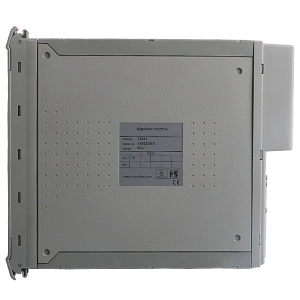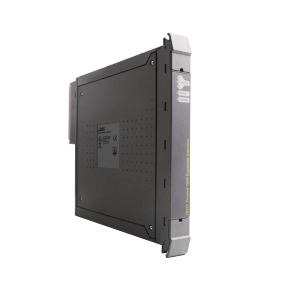The TMR Expander Interface is a crucial component in control systems that aims to enhance fault tolerance and reliability. In this article, we will delve into the concept of TMR Expander Interface, its benefits, and its application in various industries.
What is a TMR Expander Interface?
The TMR Expander Interface is an interface module used in control systems to expand the capabilities of Triple Modular Redundancy (TMR) architectures. TMR is a fault-tolerant technique that employs three redundant modules for critical operations. The TMR Expander Interface acts as a bridge between the primary and redundant processors, facilitating seamless communication and synchronization.
Related product recommendation:ICS Triplex T8311 TMR Expander Interface

How Does a TMR Expander Interface Work?
The TMR Expander Interface ensures the consistent and synchronized operation of the primary and redundant processors. It receives data from the primary processor, verifies its integrity, and forwards it to the redundant processors. It also collects data from the redundant processors, compares the results, and sends the consistent output to the output modules. This redundancy and synchronization provide enhanced fault tolerance and reliability in control systems.
Benefits of TMR Expander Interface:
– Fault Tolerance: The TMR Expander Interface enhances fault tolerance by employing redundant processors and synchronization mechanisms.
– Reliability: The use of redundant modules and synchronized operation ensures reliable system performance, minimizing the risk of system failures.
– Availability: By mitigating single points of failure, the TMR Expander Interface increases system availability and reduces downtime.
– Safety: The TMR Expander Interface enhances safety in critical control systems, as it can detect and recover from potential failures in real-time.
– Scalability: The modular design of the TMR Expander Interface allows for easy scalability and expansion of control systems as per evolving requirements.
Applications of TMR Expander Interface:
The TMR Expander Interface finds extensive application in various industries, including:
– Power Generation: TMR Expander Interfaces are used to enhance the reliability and availability of power generation systems, ensuring uninterrupted power supply.
– Oil and Gas: Critical control systems in the oil and gas industry rely on TMR Expander Interfaces to maintain safety and prevent accidents.
– Transportation: TMR Expander Interfaces are employed in transportation systems to ensure reliable control and operation, especially in aviation and railway industries.
– Process Industries: TMR Expander Interfaces play a crucial role in maintaining fault tolerance and reliability in complex manufacturing processes.

Conclusion:
The TMR Expander Interface is a vital component in control systems, providing enhanced fault tolerance and reliability. By leveraging redundancy and synchronization, it ensures consistent and safe operation in critical applications. The TMR Expander Interface finds applications in diverse industries, including power generation, oil and gas, transportation, and process industries. Implementing TMR Expander Interfaces in control systems can significantly improve system availability, safety, and performance.
 6G Controls - Leading Supplier of New & Original PLC 、DCS Parts and Automation Controller
6G Controls - Leading Supplier of New & Original PLC 、DCS Parts and Automation Controller
